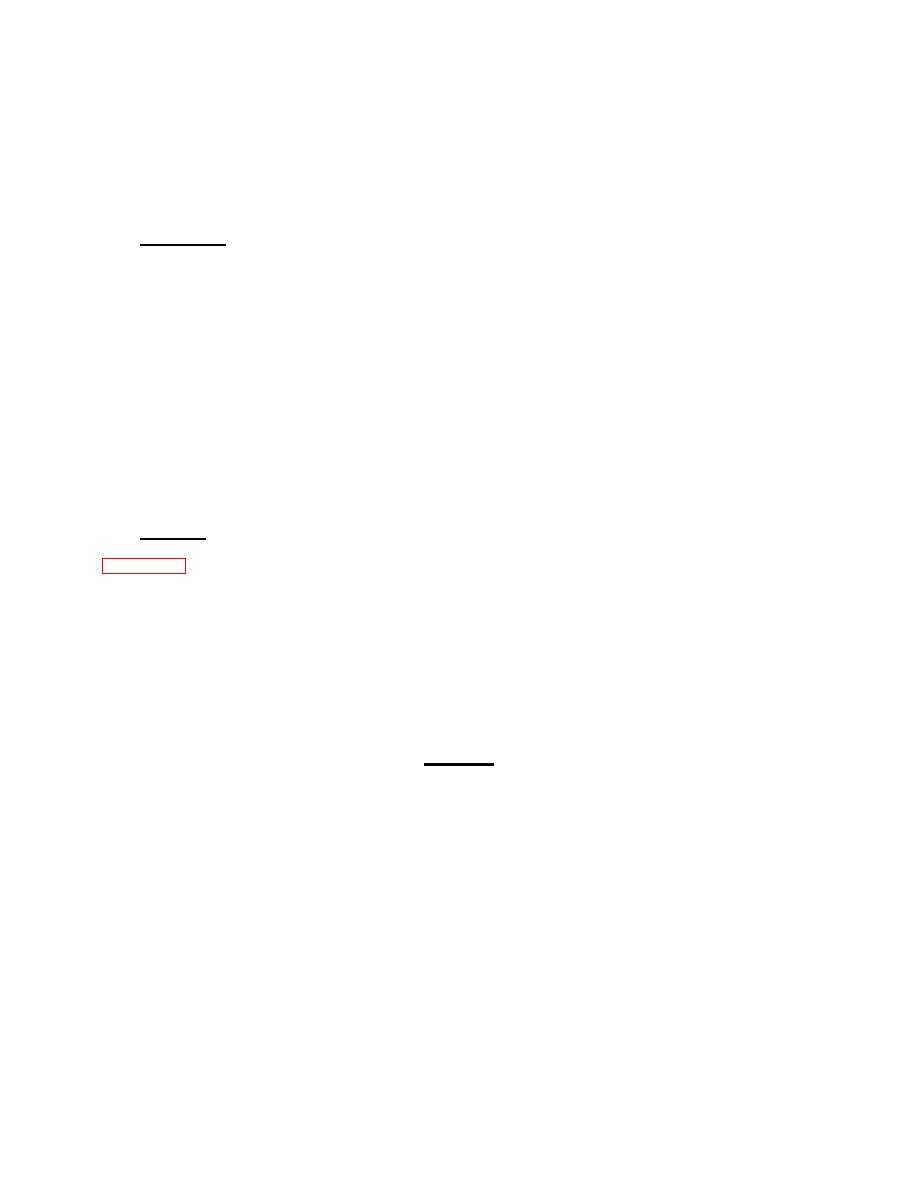
| Tweet |

Custom Search
|
|

|
||
 TM 55-1905-223-24-1
SECTION V. INTERMEDIATE DIRECT SUPPORT MAINTENANCE PROCEDURES
3-10.
General.
Before beginning the disassembly of any engine component, a thorough inspection
should be made to determine its overall condition and whether, in fact, repair is the best thing to do. Many
times it is better to replace the component with a new one rather than spend the time and effort to repair it.
When it is determined that repair is needed, the component should be disassembled carefully (see a, below)
and all parts thoroughly cleaned.
a.
Disassembly. Information noted during disassembly can save a lot of time during reassembly.
(1)
Mark or identify mounting components, as removed, for location and position.
(2)
Record capscrew type, length and location as they are removed, to make sure you replace the
right ones when you reassemble.
(3)
Tag things like electrical wiring, tubing, and bearing shell positions, to ma e sure of correct
k
reassembly.
(4)
Discard hoses, preformed packings, crevice seals, and gaskets when replacement items are
authorized.
(5)
Be sure to follow the equipment disassembly procedures. Be careful when removing attaching
hardware, wiring, etc., so you do not break or strip capscrews, bend tubing, or break wiring
terminals.
b.
Assembly. Be sure to follow assembly procedures as outlined, paying particular attention to torque
values and torquing procedures. If torque values are not specified in the procedure, follow the guidance found
in Appendix D, "Torque Limits."
3-11.
Cleaning.
Proper cleaning is very important. If you do not clean correctly you could have
inaccurate torque readings, reduced or restricted lubrication, scoring, fuel or lube oil contamination, and other
problems.
a.
Steam clean all disassembled units and parts (except for those that might be damaged by steam or
moisture) with a steam jet and dry with compressed air. All units such as oil coolers, oil pan, etc.,
should be cleaned as quickly as possible to prevent hardening and drying of accumulated foreign
substance.
CAUTION
Do not use glass bead cleaning on pistons. Small particles
of glass will embed in the aluminum and result in premature
wear. Valves, turbocharger shafts, and other parts, can
also be damaged. Follow the cleaning directions listed in
the procedures.
b.
Glass Bead Cleaning. This method can be used to remove carbon deposits from many engine
components. The nature and degree of treatment is controlled by the size of glass beads used,
operating pressure and exposure time.
3-7
|
||
 |
||